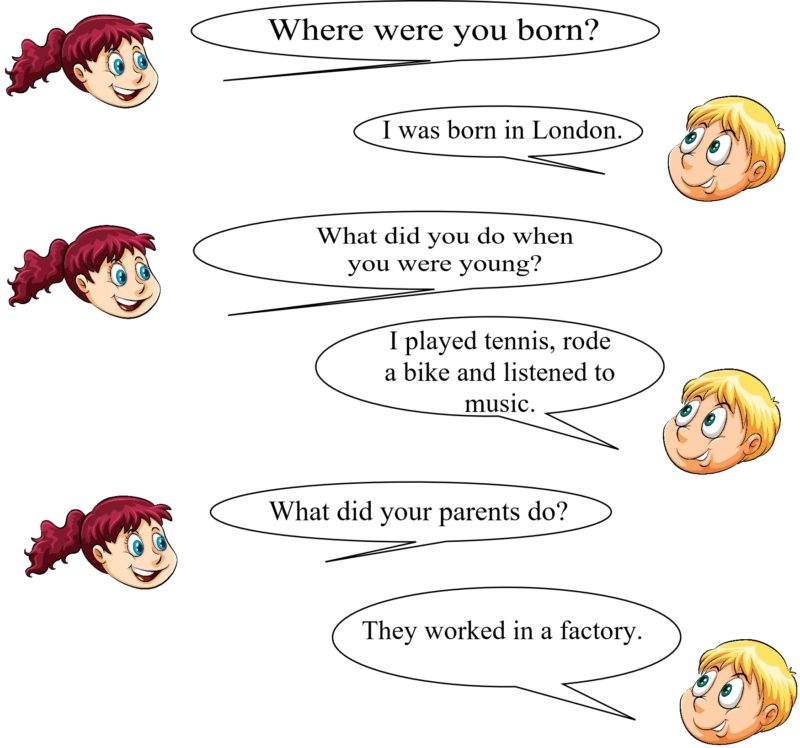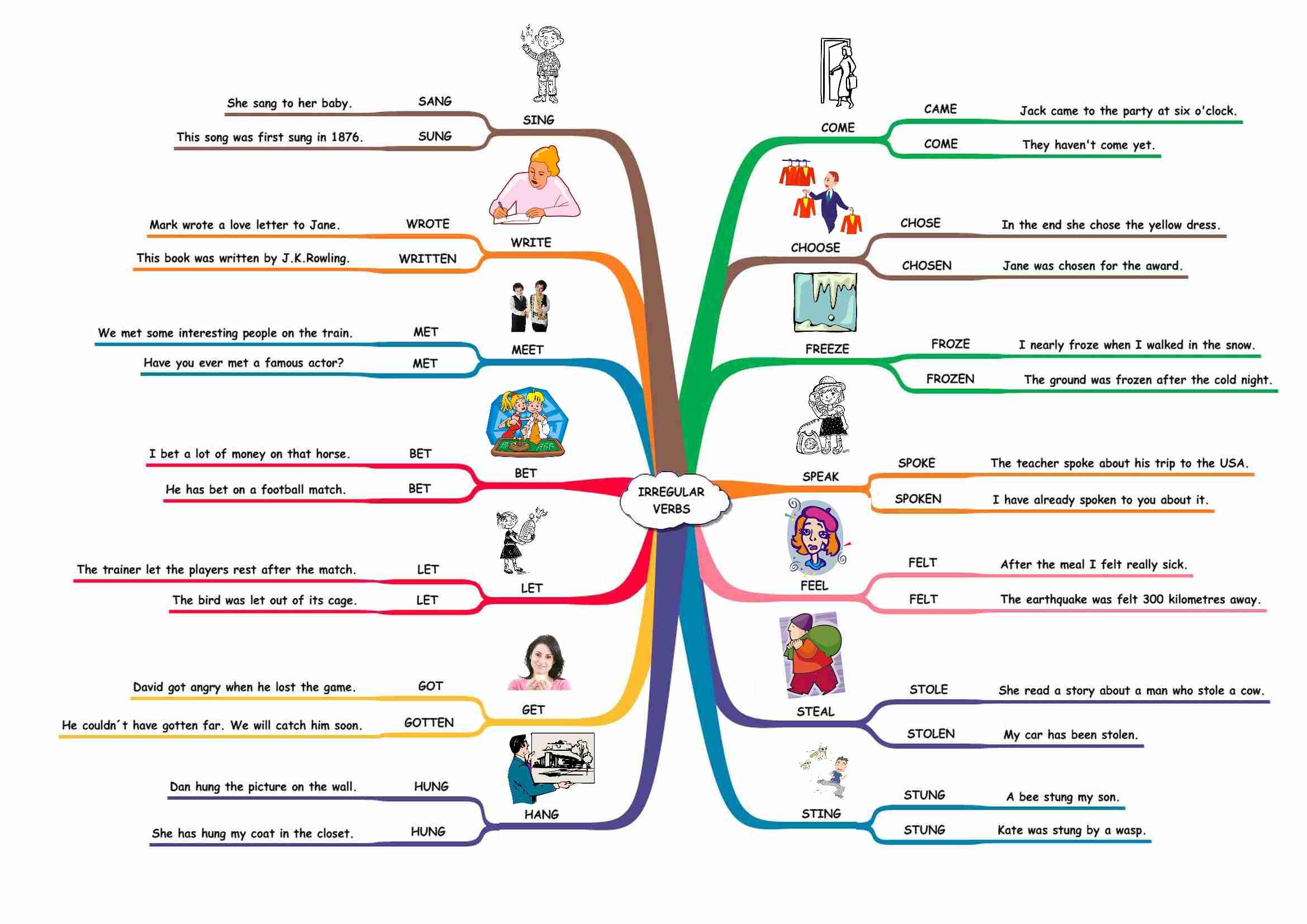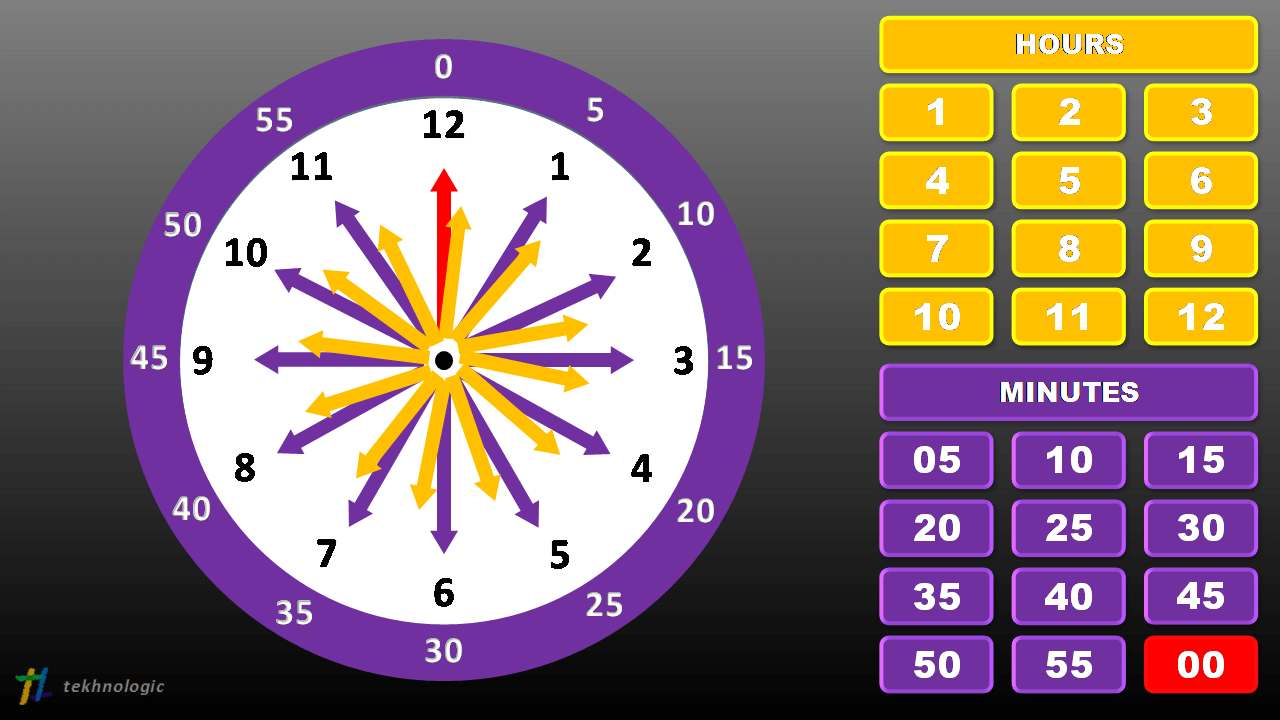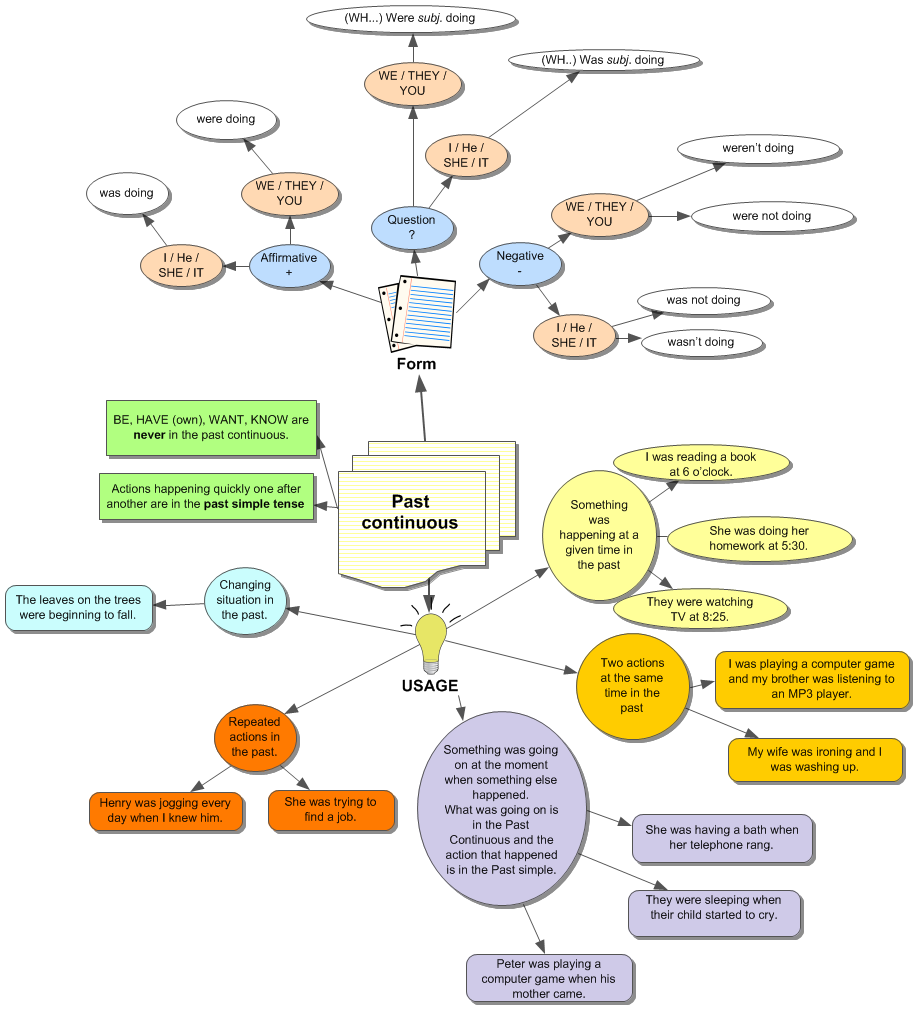3 Speaking Activities to Practice the Past Simple Tense
Textbooks often don´t offer enough speaking practice.
If the book is good it gives you two speaking activities per unit and nothing more.
Then the teacher has to search high and low to find some more.
To make the search shorter, I share three speaking activities you can use to practise the past simple tense. In these activities, your students will use regular verbs, irregular verbs and questions in the past simple tense.
I hope you will find these activities useful and if you have any to share, please do so in the comments section. Thank you.
Speaking cards
This activity is a bit more difficult to prepare, but it is a great way to use regular and irregular verbs in a simple context.
First, drill the following dialogue with your students.
Display the first slide and ask the students to read the dialogue aloud. Correct any pronunciation problems. Then elicit the context (two people speaking about the past). When your students know the pronunciation, switch to slide two. Now, your students should read the text aloud again. Some words are missing, so they have to provide them. Go on like this till you get to the last but one slide of the presentation. The aim is to memorize the dialogue quickly, but at the same time, students don’t have to know it perfectly.
Then display the last slide. This slide contains the skeleton of the dialogue that the students will use.
Before the lesson, print and cut the following cards. Each pair of students needs one set of cards.
Students place the cards face down on their desk. One of them takes a card and turns it. The other student asks the first question from the presentation. The student with the card answers using the first phrase on the card. Then the first one asks the other question and student B answers again using the second prompt etc. You can see a sample dialogue in the picture below. The blond boy is the one who holds the card.

Once they finish the dialogue, they put the card aside and student A takes another card and they perform the same dialogue, but their roles are reversed. They go on like this and swap roles till they have no cards on the table.
The teacher monitors and notices and corrects any problems with the past simple tense.
Information Gap speaking
Print the following tables. You need one table for each student. If there is an odd number of students, you will need one card for you, too.
One student gets the top half of the card and the other the lower half of the card. Before the students start check that they are able to form the questions in the past simple tense with the name from the top line as a subject. Thus if student A wants to ask about the first free field, she will ask “Where did Martin go?“
Then students work in pairs and ask for the missing information and complete their cards.
The teacher monitors and corrects the questions and helps with the answers.
Picture Stories
Print and cut the following cards. Each pair of students will need a whole set of cards. As these cards are colourful, I laminate them, to be able to reuse them.
Students place the cards face down on their desks and then they draw three random cards. They turn their cards and they have to use all three cards and make a story in the past simple tense. They should say it in English. Once they feel that their story is OK, they put the three cards face up somewhere on the desk. They keep them together.
Once most of the pairs make at least four stories, stop them. Then seat them into groups of four. Students take one set of cards and tell their story to the new pair and the other pair will tell them their story. They take turns till they retell all the stories.
As a continuation, I usually ask the students to choose one of the stories and write it down. Then I collect their stories and correct them.







from china